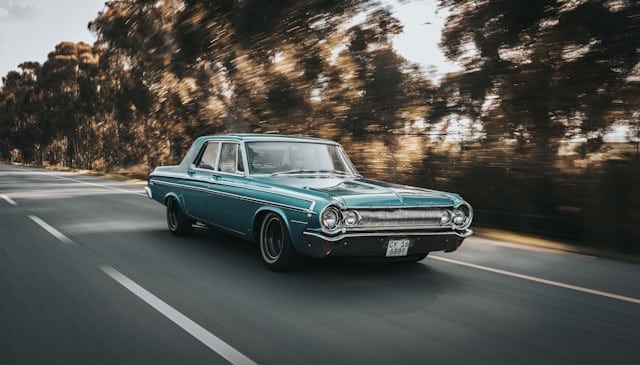Retrofitting Older Vehicles with Modern Safety Features
 In an era where automotive safety standards are higher than ever, owners of older vehicles often find themselves at a crossroads. While their cars may run smoothly and hold sentimental value, they lack the modern safety features found in newer models. Retrofitting older vehicles with contemporary safety technology is a viable solution, offering a way to enhance safety without sacrificing the character of a classic car. This article explores the possibilities and considerations involved in upgrading older vehicles with today’s safety features.
In an era where automotive safety standards are higher than ever, owners of older vehicles often find themselves at a crossroads. While their cars may run smoothly and hold sentimental value, they lack the modern safety features found in newer models. Retrofitting older vehicles with contemporary safety technology is a viable solution, offering a way to enhance safety without sacrificing the character of a classic car. This article explores the possibilities and considerations involved in upgrading older vehicles with today’s safety features.
Understanding the Safety Gap
The Evolution of Safety Standards
Over the past few decades, vehicular safety standards have evolved dramatically. Features once considered luxury additions, such as airbags and anti-lock braking systems (ABS), are now standard. This shift has created a safety gap between older and newer vehicles, prompting interest in retrofitting options.
Assessing Your Vehicle’s Needs
Before embarking on a retrofitting project, assess your vehicle’s current safety features and identify potential areas for improvement. Consulting with a professional can provide insights into feasible upgrades tailored to your vehicle’s specific needs and structure.
Popular Retrofitting Options
Installing Rearview Cameras
Rearview cameras have become indispensable in modern vehicles, significantly reducing blind spots and preventing back-over accidents. Fortunately, this technology can be easily added to older vehicles, providing enhanced visibility without altering the car’s aesthetics.
Upgrading to LED Lights
Improving visibility is crucial for safety. Replacing old halogen lights with LED bulbs can make a significant difference in night driving and visibility during adverse weather conditions. LEDs offer brighter illumination and have a longer lifespan, making them a practical upgrade for any vehicle.
Adding Parking Sensors
Parking sensors can be a boon for vehicles of any age, alerting drivers to obstacles that might not be immediately visible. Installing ultrasonic or electromagnetic sensors can help prevent minor accidents and dings that often occur during parking maneuvers.
Advanced Safety Features
Adaptive Headlights
While more complex to install, adaptive headlights that adjust based on vehicle speed and steering are an excellent safety addition. They improve visibility on curves and hills, making night driving safer for vehicles that were originally equipped with basic headlight systems.
Electronic Stability Control (ESC)
For vehicles not originally equipped with ESC, aftermarket systems can offer an added level of safety. ESC helps prevent skidding and loss of control in slippery conditions, significantly reducing the risk of accidents.
Considerations and Challenges
Compatibility and Integration
Not all modern safety features can be seamlessly integrated into older vehicles. Issues of compatibility, vehicle structure, and the potential need for additional modifications must be considered. Professional advice is crucial to determine what is feasible and safe.
Cost vs. Benefit
Retrofitting involves costs, and it’s important to weigh these against the benefits. While safety is paramount, some upgrades may be prohibitively expensive or offer diminishing returns on older vehicles. Prioritize features that provide the most significant safety improvements within your budget.
Preserving Vehicle Integrity
For classic car enthusiasts, maintaining the vehicle’s original character is often as important as safety upgrades. Selecting modifications that do not drastically alter the vehicle’s appearance or classic features is key to preserving its integrity while enhancing safety.
Conclusion
Retrofitting older vehicles with modern safety features is a thoughtful approach to bridging the safety gap while preserving the essence of classic cars. By carefully selecting and professionally installing the right upgrades, owners can enjoy the best of both worlds: the timeless appeal of an older vehicle, enhanced with the safety standards of today’s automotive industry.
